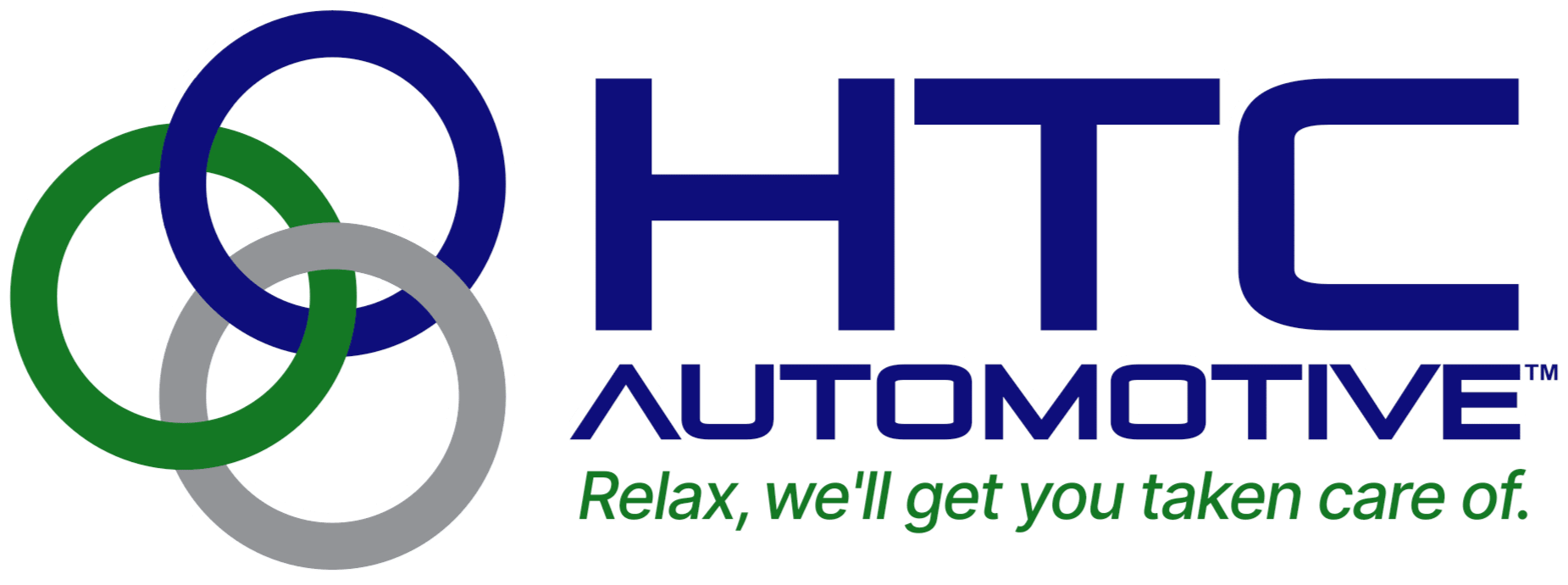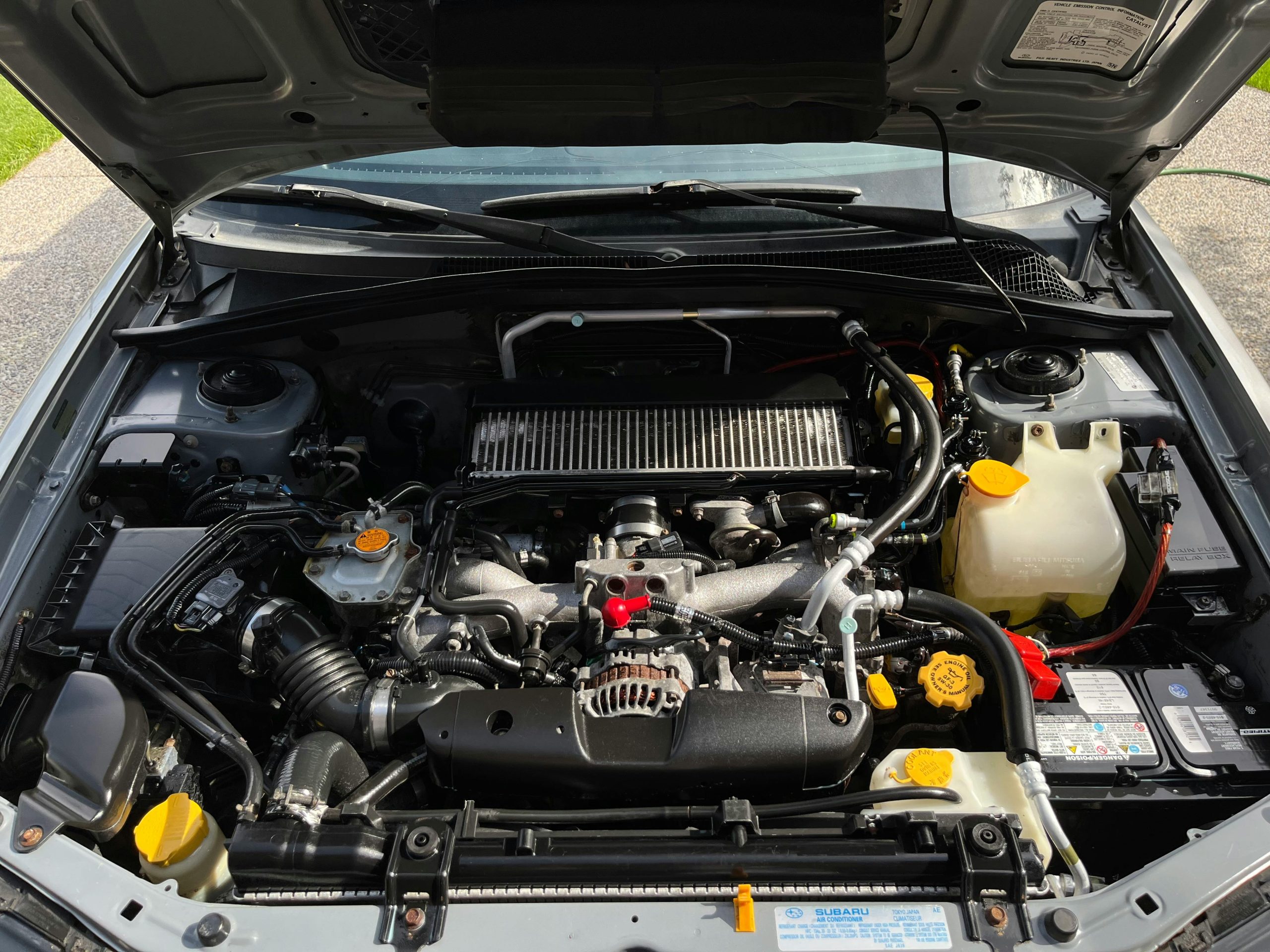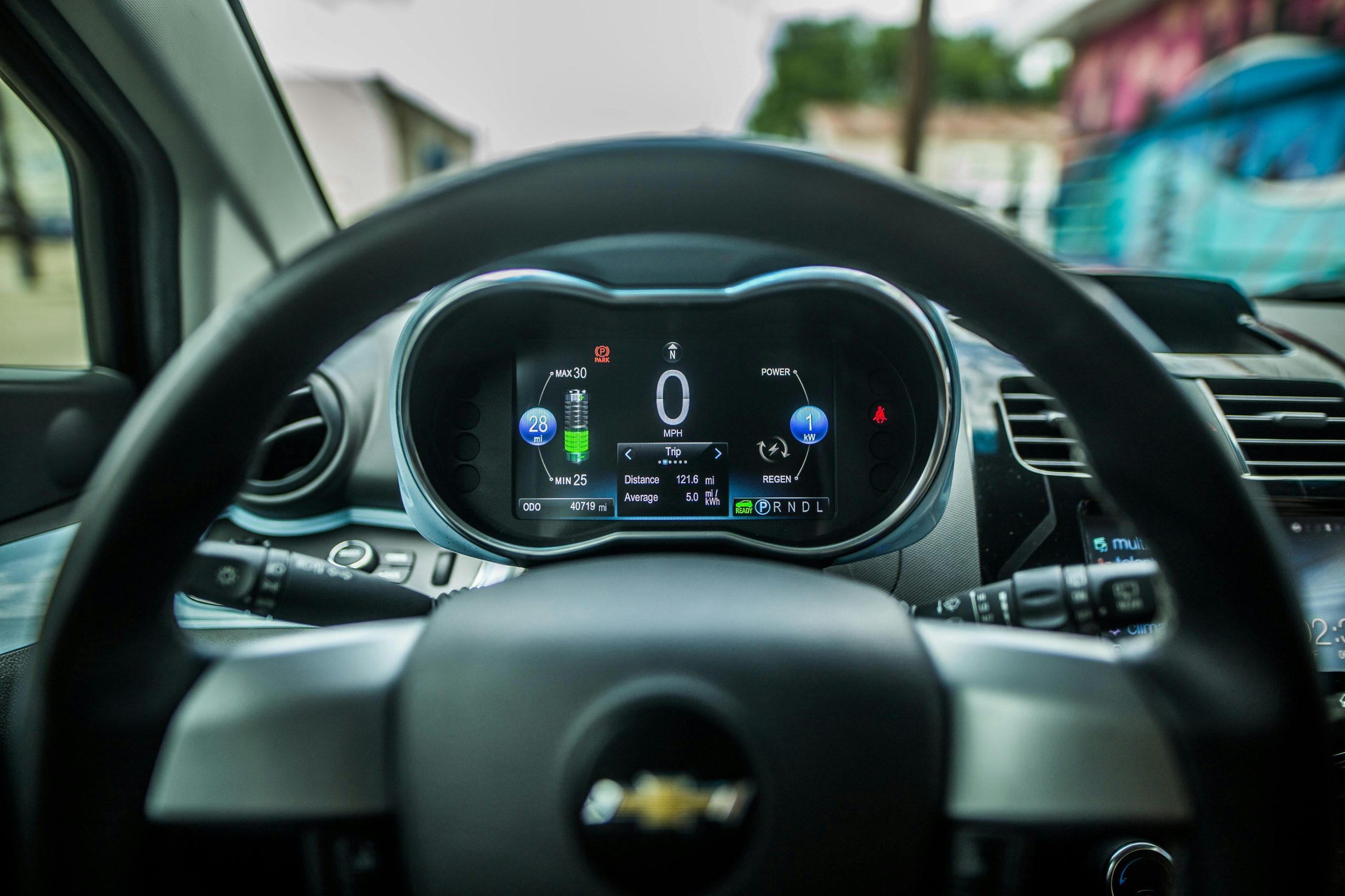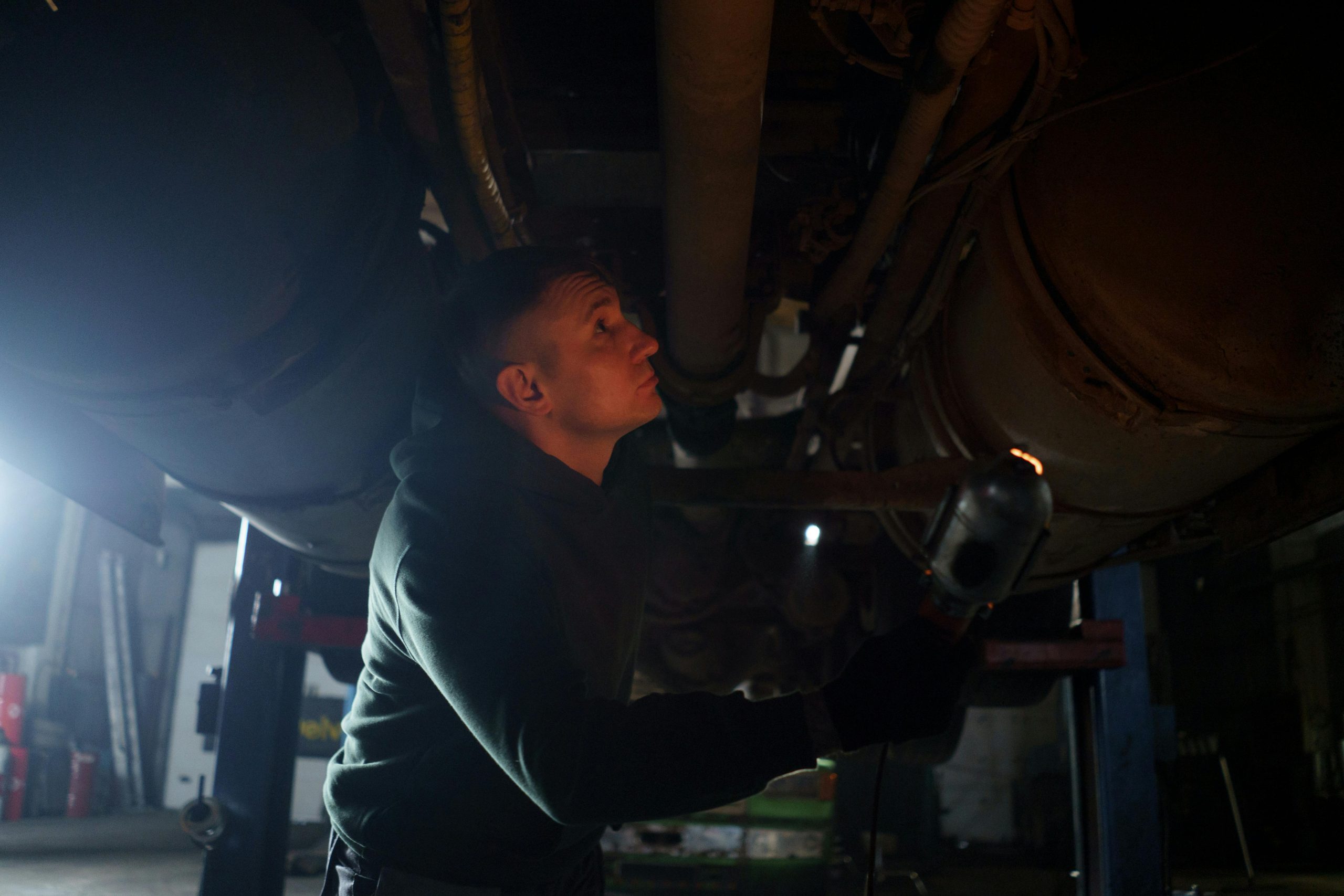When you hear a high-pitched squeal every time you press the brakes, it’s not just an annoyance; it’s a potential warning that your brake pads are due for an immediate replacement.
This sound typically arises from the wear indicators, which are purposely designed to make noise as a prompt for maintenance. If you’re seeing less than a quarter inch of pad through your wheel spokes or feeling vibrations in the pedal, these are additional signs that can’t be ignored.
Neglecting these symptoms could put your safety at risk. What other risks might you be running by overlooking these critical warnings?
Identifying Worn Brake Pads
When you hear squeaking or squealing noises during braking, it’s likely that your brake pads are worn and need checking. These sounds typically indicate that the friction material on your brake pads has diminished considerably, triggering built-in wear indicators.
Further signs of wear include vibrations or pulsations in the brake pedal. This symptom suggests that the uneven surface of worn brake pads is affecting your car’s braking efficiency. When you feel these vibrations, it’s not just uncomfortable; it’s a clear signal that your vehicle’s safety is compromised.
To guarantee your safety and maintain the performance of your vehicle, seeking brake pad replacement services is essential.
Every time you ignore these signs, you’re risking more than just your comfort; you’re potentially facing higher repair costs in the future. Don’t wait until you experience increased stopping distances or dashboard warnings; take action at the first signs of pad wear.
Squealing or Screeching Noises
Squealing or screeching noises during braking often signal that your brake pads have worn down and require immediate inspection. This sound is typically a clear indication that the wear indicators on your brake pads are exposed, due to the thinning material.
Regular brake inspections are crucial in this context. They help you identify the signs of worn brake pads early on, safeguarding you against the risk of brake failure.
If the screeching evolves into a deep metallic grinding or growling sounds, this is an urgent warning. Such noises suggest that your brake pads have deteriorated completely, potentially allowing the metal of the calipers and discs to grind against each other.
Visible Pad Wear
You can often spot visible pad wear through your vehicle’s wheel spokes, observing if the pad thickness has reduced to less than 1/4 inch. It’s important to remember that thin brake pads not only compromise your braking performance but also endanger your safety.
When brake pads wear down to this extent, you’re at risk of exposing the metal backing. This exposure is a red flag for immediate replacement.
The consequences of ignoring worn brake pads extend beyond reduced efficiency. Metal-on-metal contact occurs when the pad material is completely worn away, allowing the metal backing to grind against the brake rotors.
Grinding Sounds During Braking
Hearing a grinding sound while you brake typically signals that your brake pads have severely worn down, necessitating immediate attention. This alarming noise is the result of metal-on-metal contact between the brake rotor and the calipers due to the diminished thickness of the brake pads. It’s important to understand that this isn’t just a minor inconvenience but a serious warning that the integrity of your braking system is compromised.
Ignoring these grinding sounds can lead to further damage, not only to the brake pads themselves but also to the rotors and calipers, escalating the repair costs substantially. The grinding indicates severe wear, and without prompt action, you’re risking potential safety hazards.
Imagine being part of a community that values vigilance in vehicle maintenance; you wouldn’t want to be the one whose negligence leads to preventable mishaps.
Increased Stopping Distance
When you notice a longer lag before your vehicle begins to slow down, it’s important that your brake pads are worn and need attention.
This extended brake lag, combined with a noticeable reduction in response time, can greatly compromise your driving safety.
To maintain peak performance and guarantee your safety on the road, it’s vital to address these issues promptly with professional brake inspections and possible pad replacements.
Extended Brake Lag
Extended brake lag greatly increases your stopping distance, potentially elevating accident risks. When your brake pads wear out, they lose the ability to create adequate friction, essential for slowing your vehicle effectively.
Here’s what you need to know about extended brake lag and its impact:
- Increased Stopping Distances: Worn brake pads can’t generate sufficient friction, leading to longer distances required to come to a complete stop.
- Urgent Replacement Needs: Observing extended brake lag is a clear indicator that your brake pads must be replaced immediately to maintain vehicle safety.
- Compromised Emergency Response: In critical situations, the ability to stop quickly is essential. Extended brake lag diminishes this capability, increasing the risk of accidents.
Reduced Response Time
If your vehicle’s stopping time increases, this typically signals that the brake pads are excessively worn and require immediate replacement. It’s important to recognize that worn brake pads significantly reduce the friction essential for promptly halting your vehicle, thereby increasing the stopping distance.
When brake pads are new, they offer excellent friction, allowing for quick and effective stops. However, as they wear down, their ability to generate sufficient friction diminishes, making every press of the brake pedal less effective.
You might notice it takes a few extra seconds to come to a complete stop or that you need to press the brake pedal harder than usual. These are clear indicators that your brake pads’ effectiveness has been compromised.
Vibration Upon Braking
If you’ve noticed a vibration when you apply your brakes, it’s likely due to uneven rotor thickness or worn brake pads.
This issue can greatly impact your driving safety, as it affects the brake system’s ability to function smoothly.
Causes of Brake Vibration
Brake vibration often results from uneven rotor thickness, which causes shaking during braking. This unsettling sensation isn’t just annoying—it’s a red flag warning you that your safety might be compromised. You’re part of a community that values safe, well-maintained vehicles, and addressing this issue promptly guarantees you maintain this standard.
Here’s what you need to know about the causes of brake vibration:
- Uneven Rotor Thickness: Over time, your rotors can wear down unevenly. This irregularity can be exacerbated by worn brake pads that scrape metal off the rotors, further contributing to the issue.
- Worn Brake Pads: Pads that have thinned out don’t press against the rotors as effectively. This inadequate contact results in less braking power and can cause your car to take longer to stop, which is especially dangerous in emergency situations.
- Indicator Light Activation: When your brake indicator light illuminates, it’s often signaling that your brake pads have become too thin. Don’t ignore this light; it’s designed to catch your attention before a minor issue becomes a major one.
Impact on Driving Safety
Understanding how vibration upon braking impacts driving safety is essential, as these vibrations signal possible rotor damage and can greatly compromise the effectiveness of your vehicle’s braking system.
When you feel shaking or vibration as you apply the brakes, it often indicates that the rotors have developed uneven thickness due to wear and tear.
Prompt replacement of worn brake pads is vital in preventing further rotor damage and ensuring that your vehicle maintains peak stopping power. Delaying this critical maintenance can exacerbate the problem, increasing the risk of accidents due to impaired braking capability.
As a member of the driving community, you’re responsible for maintaining your vehicle in top condition to protect not only yourself but also others on the road.
Brake Warning Light Activation
When the brake warning light illuminates on your dashboard, it often signifies that your vehicle’s brake pads are worn or that the brake fluid levels are low. This isn’t just a mere reminder; it’s an important warning that demands your immediate attention to guarantee your safety and the efficiency of your vehicle.
Here’s how this system works:
- Sensors and Detection: Newer vehicles come equipped with sensors designed to detect thin brake pads. Once these sensors determine that the pad thickness is below a safe threshold, they activate the brake warning light.
- Brake Caliper Piston Extension: As brake pads wear down, the brake caliper piston extends further to maintain contact with the rotor. This extension can notably lower the brake fluid levels in the reservoir, triggering the warning light.
- Maintaining Fluid Levels: It’s crucial to regularly check and maintain proper brake fluid levels. Not only does this help keep the hydraulic brake system functioning effectively, but it also prevents the brake warning light from activating due to low fluid levels.
Conclusion
Don’t let your car’s cries for help fall on deaf ears. If you’re hearing screeches, seeing visible wear, or feeling vibrations, it’s high time to replace your brake pads.
Ignoring these clear warnings is like playing Russian roulette with your safety. Act promptly to guarantee precise stopping power and maintain your vehicle’s integrity.
Remember, timely maintenance not only keeps you safe but also saves money by avoiding more severe damage down the road.
So, keep your vehicle in concert-ready condition and enjoy the symphony of the road. For any auto repair needs, you can contact HTC Automotive at 303-443-0145 or 970-431-6222.



